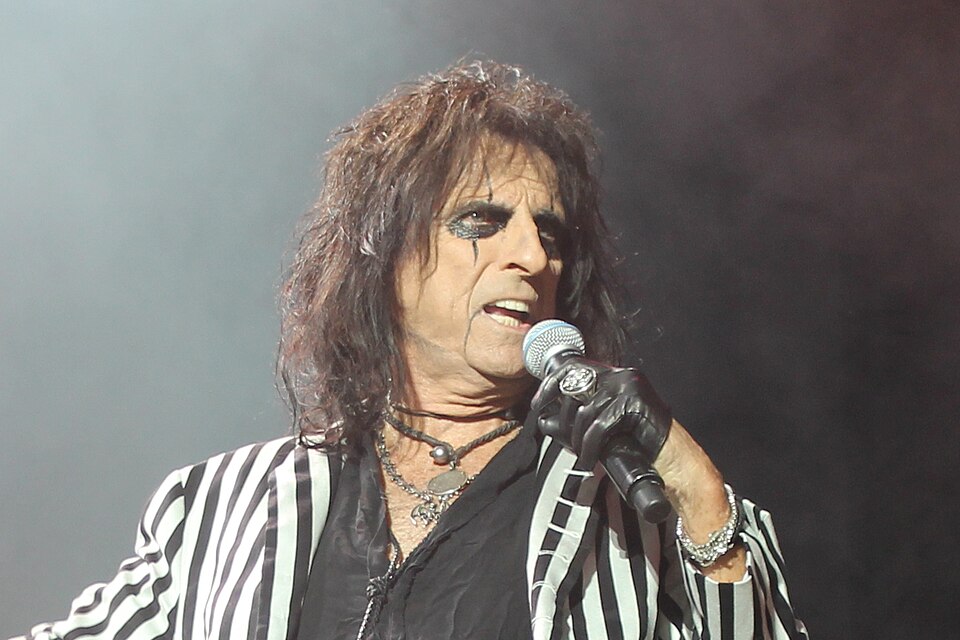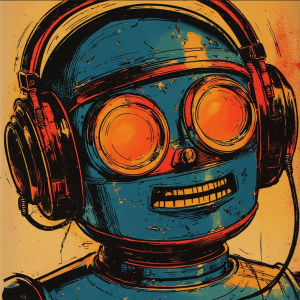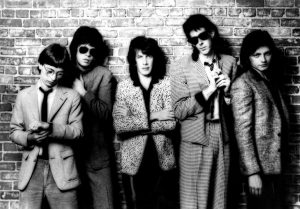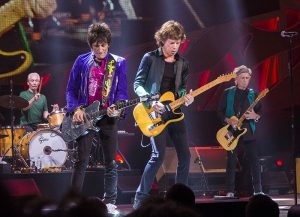Alice Cooper: The Godfather of Shock Rock’s Journey from Punk Roots to Tour Triumph

As the clock ticks toward the end of summer, Alice Cooper, the Godfather of Shock Rock, is once again commanding stages across the globe with his “Too Close for Comfort” tour. Kicking off earlier this year, the tour has already electrified audiences, with a standout performance at the Veterans United Home Loans Amphitheater in Virginia Beach on August 15, alongside My Chemical Romance.
At 77, Cooper’s still wielding guillotines, fake blood, and his signature black-eye makeup, delivering classics like “No More Mr. Nice Guy” and “School’s Out” with a vigor that defies his years. But this tour isn’t just a nostalgic romp—it marks a reunion with original band members and a new album, The Revenge of Alice Cooper, released in July, his first with the classic lineup in over half a century. To appreciate this resurgence, we must rewind to Cooper’s humble beginnings, his rise through music’s underbelly, and the personal demons he conquered to stand where he is today.
Born Vincent Damon Furnier on February 4, 1948, in Detroit, Michigan, Cooper’s early life was shaped by a move to Phoenix, Arizona, where his father served as a preacher. Music wasn’t an obvious path for Furnier who was better known as a high school track star. But the seeds were planted when he formed a band with classmates, initially called the Earwigs, then the Spiders. By 1965, they’d recorded their first single, “Why Don’t You Love Me,” a garage rock nugget that hinted at their raw potential.
Renamed the Nazz, the group gigged around Phoenix, but it was their 1968 relocation to Los Angeles that sparked a transformation. After a disastrous set at the Cheetah club—where most patrons fled after ten minutes—manager Shep Gordon saw potential in their shock value. An audition with Frank Zappa, misjudged as a 7 a.m. call, impressed the eccentric producer enough to sign them to his Straight Records label. The band adopted the name Alice Cooper, a stark contrast to their villainous image, inspired by a Ouija board session suggesting a 19th-century witch’s spirit. This theatricality became their calling card.
The early Alice Cooper band included Furnier on vocals, Glen Buxton on guitar, Michael Bruce on rhythm, Dennis Dunaway on bass, and Neal Smith on drums. They released Pretties for You in 1969, a psychedelic flop that showcased their experimental edge. It was 1970’s “I’m Eighteen,” produced by Bob Ezrin, that broke through, hitting the Top 40 and convincing Warner Bros. to invest in Love It to Death (1971).
Under Ezrin’s guidance, the sound tightened into hard rock, with lyrics exploring decadence and psychosis, setting them apart. The 1972 single “School’s Out” cemented their fame, while 1973’s Billion Dollar Babies hit No. 1, fueled by hits like “No More Mr. Nice Guy” and elaborate tour performances featuring guillotines and electric chairs. By 1974, though, internal strife over money and Buxton’s substance issues led to the band’s breakup after a final show in Rio de Janeiro. Furnier legally became Alice Cooper, launching a solo career with Welcome to My Nightmare in 1975, a theatrical triumph that earned him a Grammy nod.
Yet, beneath the shock rock crown lurked a darker struggle: alcoholism. Cooper’s drinking escalated through the 1970s, a habit honed as president of the Hollywood Vampires, a boozy club with Keith Moon and Harry Nilsson. He once downed a six-pack before noon, chasing a “golden buzz” with Seagram’s and Budweiser, a routine that peaked during the Lace and Whiskey tour in 1977.
A pivotal incident where Cooper woke up vomiting blood was witnessed by his wife Sheryl and triggered an intervention by Sheryl and manager Shep Gordon. Admitted to Cornell Medical Center, Cooper faced a ward of mentally ill patients, an experience he turned into From the Inside (1978), with its hit “How You Gonna See Me Now.” But sobriety was fleeting and relapses marked the early 1980s, with albums like Flush the Fashion (1980) and Special Forces (1981) reflecting a cocaine-fueled haze. A 1980 Toronto show cancellation, blamed on asthma but rumored to stem from substance abuse, sparked a riot, underscoring his decline. Friends like Dick Wagner noted his freebasing in the studio, a sign that his “high-functioning” alcoholism was spiraling out of control.
The real turning point came in 1983. After years of near-fatal binges, Cooper quit cold turkey, crediting a divine intervention over AA’s structured path. He’s since called it a “Biblical miracle,” a stance that’s raised eyebrows. Some see it as a convenient narrative for a Christian-raised star, others as genuine faith. His recovery fueled a comeback with Constrictor (1986) and Raise Your Fist and Yell (1987), embracing MTV’s slasher-film aesthetic with “He’s Back (The Man Behind the Mask).” The 1990s brought steady touring, including a 1996 South America return, and roles like Herod in Jesus Christ Superstar. The 2000s saw Brutal Planet and a renewed focus on sobriety advocacy, earning him the 2008 Stevie Ray Vaughan Award for helping stars like Dave Mustaine of Megadeth.
Now, in 2025, Cooper’s tour reflects this resilience. The “Too Close for Comfort” trek, launched in early 2025, taking the veteran shock rocker to numerous cities across the U.S. The tour features sets that blend hits as well as new tracks from The Revenge of Alice Cooper. Recorded with Bruce, Dunaway, and Smith plus Gyasi Hues honoring Buxton’s legacy. The album, produced by Ezrin, revisits the band’s swampy, anthemic sound with “Black Mamba,” featuring Robby Krieger. Reviews from early stops praise Cooper’s stamina, though he leans on pacing, with guillotines and snakes still stealing the show. Cooper has hinted at limited reunion gigs—possibly in Detroit or London—rather than a full tour, citing the challenge of rekindling old chemistry.
At 77, Cooper’s health seems robust, a stark contrast to his ’70s lows. He’s traded Budweiser for golf and family time, yet his stage presence remains fierce. The tour’s success—bolstered by $50–$150 ticket sales—suggests he’s not slowing down, even as some question if the shock tactics feel dated. His legacy as a pioneer who turned personal chaos into art endures, making this tour a testament to survival over sensationalism. Whether it’s his final bow or a bold new act, Alice Cooper continues to redefine the boundaries of shock rock with every electrifying performance.




